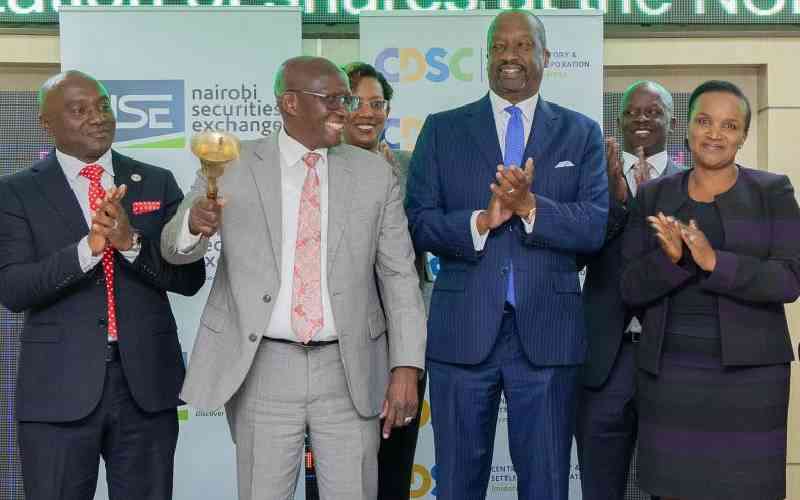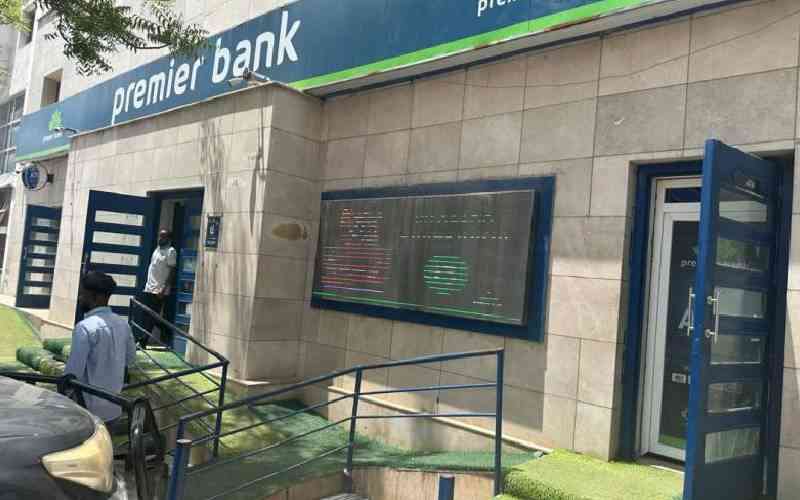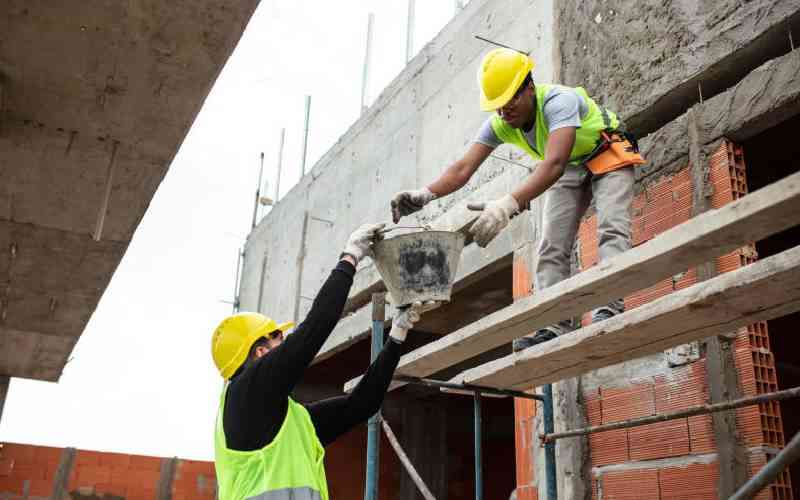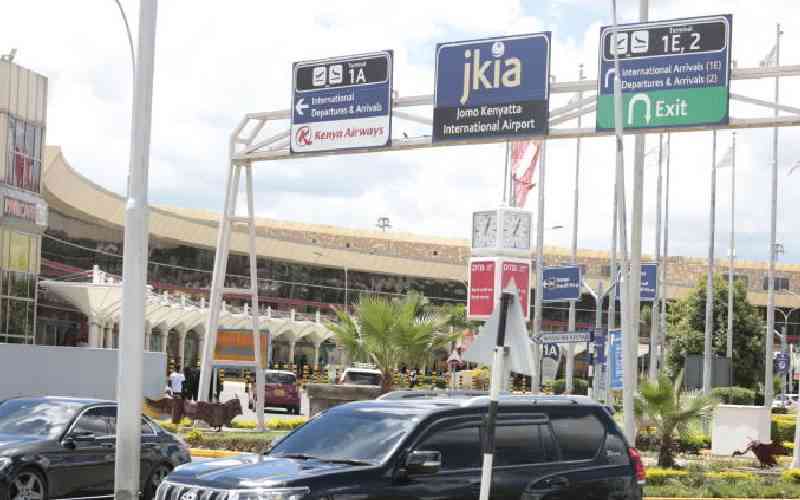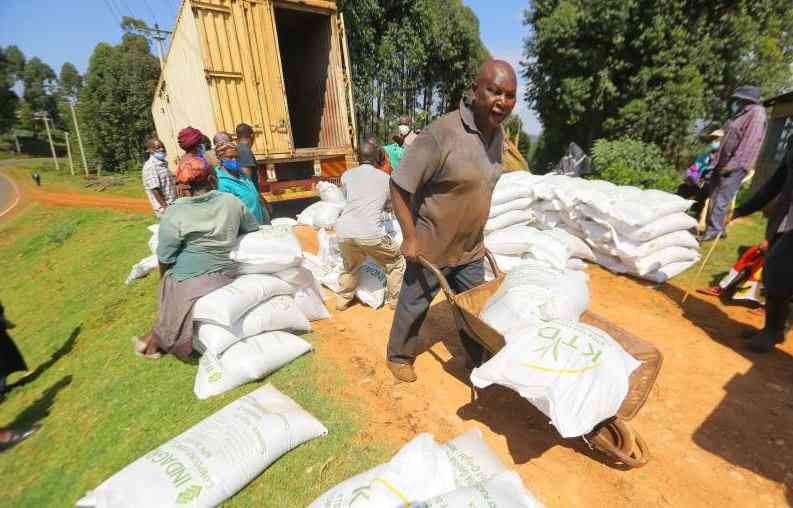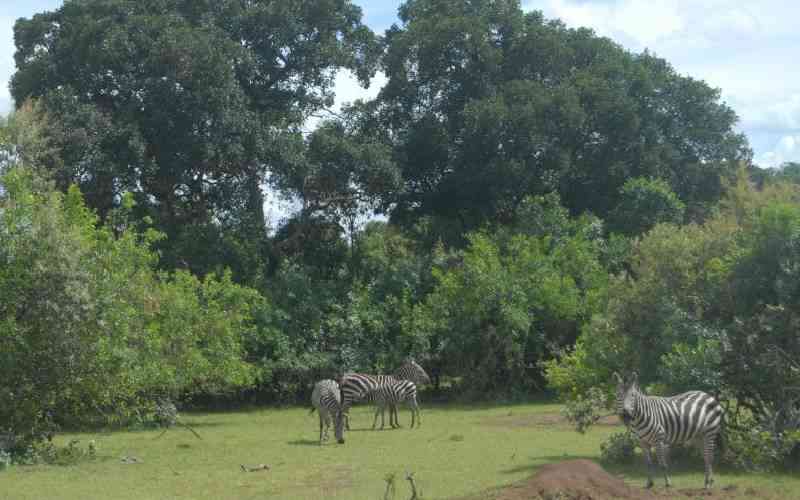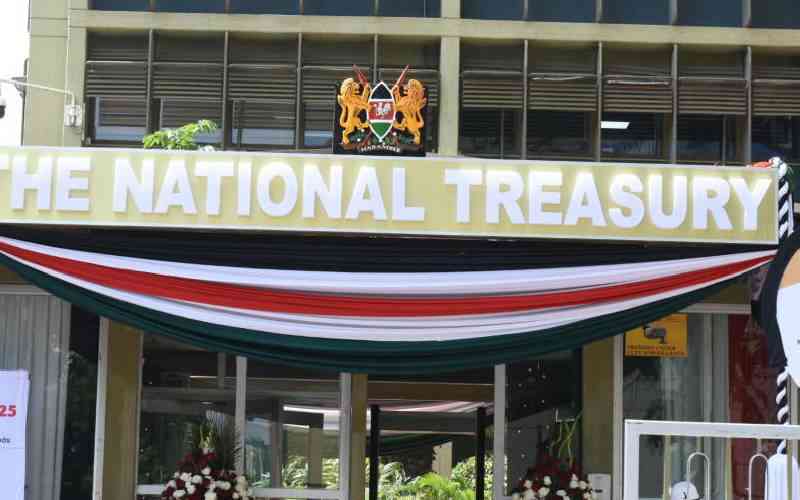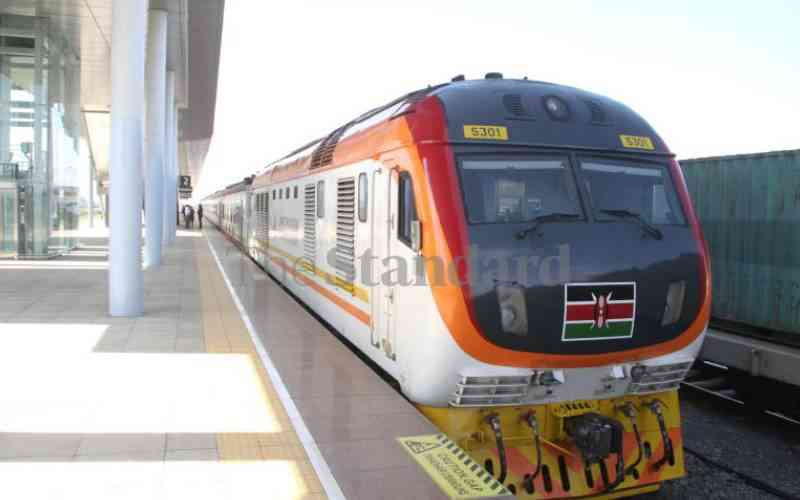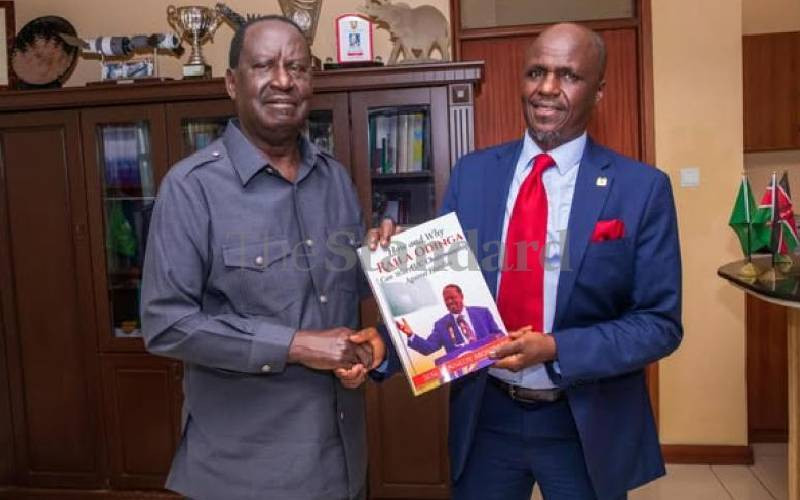
No one has encapsulated Raila Odinga's complex persona better than Badejo Babafemi in Raila Odinga: An Enigma in Kenyan Politics.
Indeed, Raila’s latest moves highlight his status as an unpredictable figure in Kenya’s political theatre. Following his narrow loss to President William Ruto in the August 2022 elections, Raila has oscillated between opposition and collaboration, leaving pundits and citizens equally perplexed.
After the election, Kenyans pressured Raila to lead demonstrations against skyrocketing living costs. Dubbed the "sufuria revolution," these protests turned violent, with casualties reported due to police intervention.
However, the demonstrations faced backlash from business groups such as the Gikuyu, Embu, and Meru Association (GEMA), who criticised them as detrimental to commerce. Raila eventually called off the protests, advocating instead for a national committee to address citizens’ concerns, including unemployment, high taxes, and corruption.
Months later, a fresh wave of protests emerged, this time led by Generation Z (Gen-Z), demanding the same reforms as Raila’s movement while calling for President Ruto's resignation. Unlike the sufuria protests, Gen-Z uprisings appeared well-organised, with medical support, food supplies, and transportation readily available.
Raila refused to support this movement, raising three concerns: the redundancy of their demands, the lack of a clear transitional plan post-Ruto, and the apparent involvement of business elites who had previously opposed his demonstrations.
Evidence later emerged that some Mount Kenya politicians financed and transported youth to escalate these protests. Armed with this information, Raila rejected the Gen-Z uprising and renewed calls for broad-based dialogue to address national challenges.
Raila’s role
In an unexpected turn, President Ruto restructured his Cabinet, incorporating five former members of Raila’s Orange Democratic Movement (ODM). While Raila himself stayed out of the Cabinet, he appeared to back Ruto’s efforts to stabilise governance. This move sparked criticism, with opponents accusing Raila of abandoning his democratic ideals. ODM clarified that the involvement of its former members was not a formal coalition but individual contributions to national stability.
Critics, however, ignored key facts: Jubilee Party's defection from the Azimio Coalition had shifted parliamentary power to Ruto’s Kenya Kwanza Alliance, and GEMA representatives in the Cabinet were also seeking more slots despite their condemnation of ODM's presence. This apparent double standard underscored the political manoeuvring within Kenya’s volatile landscape.
Raila is actively campaigning to become the African Union Commission (AUC) Chairperson, a position set to become vacant in February 2025. President Ruto has thrown his weight behind Raila, funding his campaign and positioning him as Kenya’s candidate.
However, factions linked to former Deputy President Rigathi Gachagua are attempting to derail Raila’s bid by portraying him as complicit in human rights abuses under Ruto’s administration. Ironically, similar groups backed Amina Mohamed’s candidacy for the same role in 2017, despite allegations of state repression during President Uhuru Kenyatta’s regime.
The ODM divide
Raila’s enduring influence stems from his long history as a champion of democracy, justice, and civil liberties. Many attribute Kenya’s progressive 2010 Constitution to his relentless fight against authoritarianism. Over five presidential campaigns, Raila has become a symbol of resilience, often perceived as having been robbed of electoral victories.
Stay informed. Subscribe to our newsletter
Known for his ability to forge unlikely coalitions, Raila remains a pivotal figure in Kenyan politics. However, his recent alignment with Ruto has raised questions about his principles, especially given accusations of human rights violations against the current administration.
Internally, ODM faces a generational divide. The "Old Guards," led by interim party leader Prof. Peter Anyang’ Nyong’o, advocate for pragmatism and stability. Nyong’o, a founding member and first Secretary-General of ODM, is highly respected and seen as Raila’s trusted ally.
On the other hand, younger parliamentarians like Edwin Sifuna and Babu Owino are navigating precarious political waters. Their constituencies’ cosmopolitan nature demands a delicate balance between traditional ODM support and courting Mount Kenya voters.
This tension has cast Raila in the role of a mediator, ensuring the party remains united while avoiding taking sides in these internal conflicts. His silence on contentious issues is often interpreted as strategic, with his closest allies like Nyong’o and his brother, Dr Oburu Oginga, articulating his positions.
Raila’s future uncertain
Speculation about Raila’s plans for the 2027 presidential election is rife. If he secures the AUC Chairmanship, his focus will likely shift to continental leadership, leaving ODM to chart a new course domestically. Without this role, Raila’s political future will hinge on his ability to navigate Kenya’s shifting alliances.
Many believe Raila is weary of GEMA’s perceived political blackmail, making an ODM-GEMA coalition unlikely in 2027. However, in politics, nothing is certain. Raila’s history of adaptability and coalition-building leaves open the possibility of surprising alliances, including one with Ruto, a former ODM member.
As Raila approaches his twilight years, his focus seems to be on consolidating his legacy as a defender of democratic rights. His cautious approach to aligning with Ruto reflects this intent, as he avoids compromising his reputation to legitimise a government facing public scrutiny.
ODM’s survival depends on maintaining its relevance and rallying members around a hopeful vision for the future. Whether Raila himself contests in 2027 or supports another candidate, his influence will undoubtedly shape Kenya’s political landscape.
The author teaches at the Technical University of Kenya
